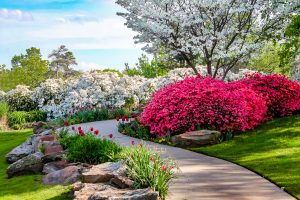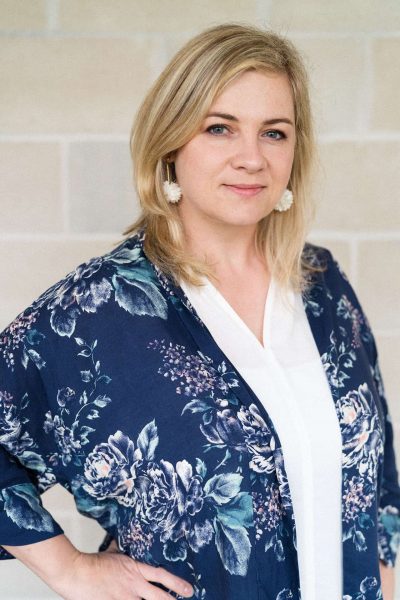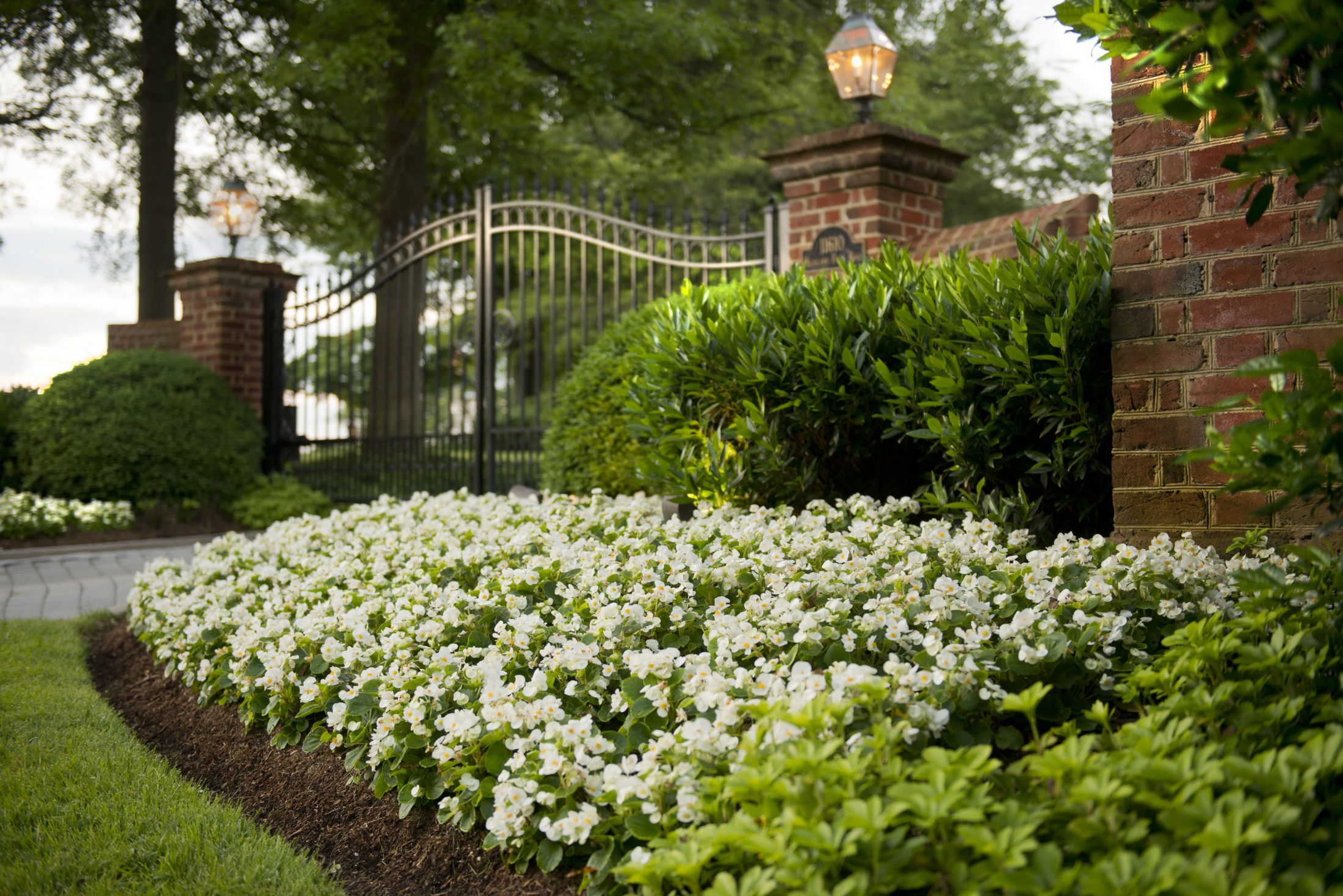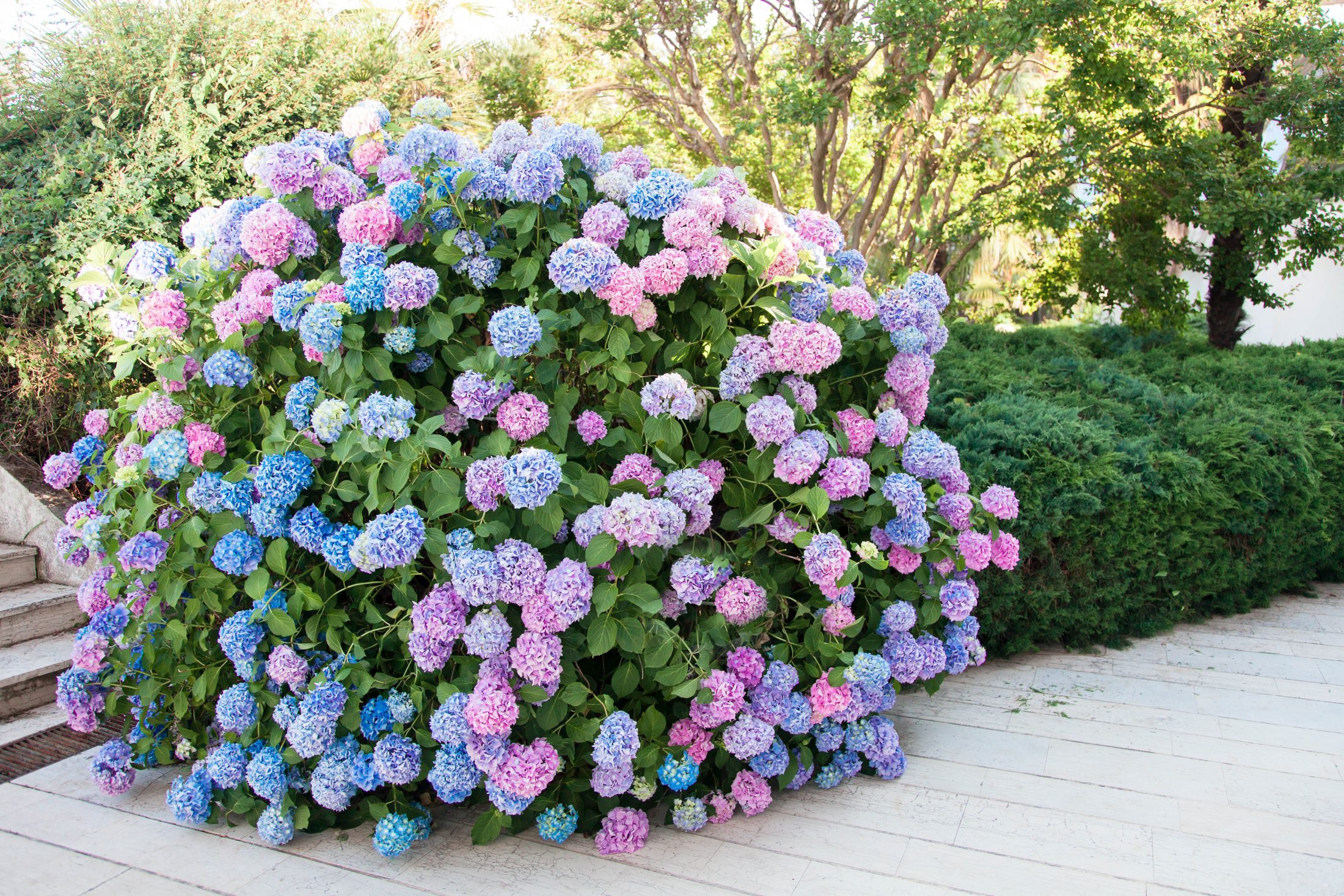While we can see an increase of interesting trends for commercial properties, there are still many sites with overgrown evergreen vegetation and a few pockets with annual flowers. Landscape enhancements can improve the appearance of these properties, including more than just a flower rotation when adding color. With the right landscape design, commercial sites can transform into beautiful spaces with plants that thrive in each season.
Currently, with COVID-19 shaping the way we live and work, we recognize the importance of spending time outside. This especially relates to a workplace, where employees can benefit from spending time and work outdoors. Working in a natural environment allows for a connection with nature, therefore it is important to provide the right plants that will continue giving attention throughout the whole year. The idea of all-season interest is to include the plants that provide ornamental attributes in one season and overlapping with another group that provides interest in the following season. Certainly, most plants display an interest in spring and summer, however, there are multiple plant options to make fall and winter attractive as well.
Spring and summer interests are known for providing showy blooms and interesting textures. After the winter is over, people want to see colors, so the earliest blooms are found in spring bulbs. The swaths of early blooming Daffodils and later drifts of Tulips add a desired color to the landscape. We also like to use the spring-blooming ornamental trees, like Cherry and Magnolia to bring eye-catching flowers. Dogwoods and Redbuds are also popular spring-blooming native trees that we use in commercial landscapes. When it comes to shrubs, many commercial sites are still covered with the popular old-fashioned Forsythia, but we like to often replace it with native Fothergilla and Itea. These shrubs also offer a beautiful fall color. 
By late spring, many trees and shrubs are leafed out, giving way to blooms. One of the popular shrubs in April and May is Encore Azaleas. There are multiple varieties of this relatively new species which provide a multi-season interest and require less maintenance than the traditional Azaleas. Besides blooming in spring, Encore Azaleas re-bloom in fall and stay evergreen through the winter. We have tried and can recommend other newly introduced plants are Dwarf Lilacs for late spring color and Little Lime Hydrangea for early summer stunning flowers. In addition to shrubs, we like using the long-blooming perennials, like Daylily, Russian Sage, Catmint, Coreopsis, and late summer blooms like Sedum, or Rudbeckia.
In fall, a must-have color comes from Red Maples, but also shrubs like Nandina, Oakleaf Hydrangea, and Spirea can provide beautiful fall foliage. They provide an outstanding mix of contrasting colors and textures in combination with ornamental grasses and fall-blooming perennials. There also are a few plant options for winter interest. We often use a multi-season Red Twig Dogwood with attractive red stems, Winterberry, known for its bright red berries, and ornamental trees like Paperbark Maple, or River Birch with peeling bark. Ornamental grasses still look beautiful and soft in winter before being cut back in early spring.
We all want to enjoy the outdoors and work in a pleasant environment. By making a few changes to the property, it is possible to provide an attractive and thriving landscape with multiple interests throughout the whole year.




